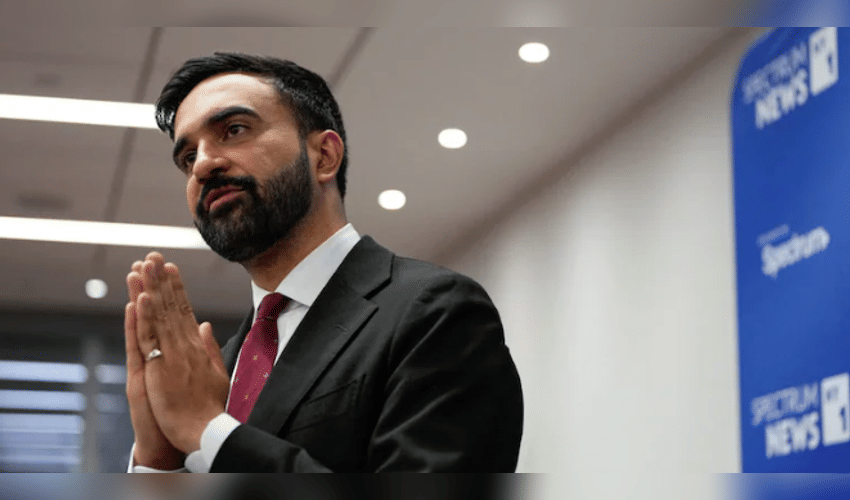World
Understanding Zohran Mamdanis Economic Vision: A Big Apple Approach to Justice and Feasibility.

Zohran Mamdani’s economic vision for New York City paints a bold picture of social justice and equality, championing rent freezes, free public transit, a $30 minimum wage, and increased childcare pay. His agenda is driven by a deep commitment to making the city more affordable and equitable for all residents. However, while the moral intentions behind these policies resonate widely, experts warn there are significant economic trade-offs that must be considered to avoid unintended consequences.
Mamdani’s proposal to freeze rents, for example, aims to protect nearly a million rent-stabilized apartments, providing immediate relief for many tenants. Yet historical evidence from similar policies, such as in San Francisco, suggests that rent control can shrink the overall housing supply and push rents higher elsewhere in the city. This creates a tension between fairness to current renters and the economic realities of housing availability—a challenge that any city-wide plan must carefully navigate to avoid deepening scarcity.
Another pillar of Mamdani’s platform is a radical increase in the minimum wage to $30 an hour, alongside free bus transit and better pay for childcare workers. These policies, while appealing as steps toward economic justice, face questions of sustainability. Rapid wage hikes risk inflationary pressures and could strain small businesses unable to match these costs, potentially reducing employment. At the same time, funding free public transit requires substantial revenue, likely through higher taxes on high earners and corporations, which Mamdani proposes as part of his economic transformation.
Critics emphasize that Mamdani’s vision reflects a classic dilemma in economics: the balance between moral goals and practical arithmetic. Policies promising “something for nothing” tend to create fiscal burdens and economic distortions that affect growth, investments, and job creation. The concept is sometimes referred to as “fiscal illusion,” where the benefits appear free but eventually manifest as higher prices or reduced services. Yet supporters argue that Mamdani’s approach is a much-needed response to growing inequality and the failures of existing economic systems to serve the working class fairly.
Looking ahead, Mamdani’s model invites a larger conversation about the future of urban economics in an age challenged by wealth concentration, technological disruption, and social demand for equity. Integrating strategies like community wealth building, cooperative enterprises, and public ownership alongside traditional reforms could create more sustainable pathways. New York City’s experiment under Mamdani’s leadership will be a critical test case for reconciling ambitious justice-oriented economics with the hard math of feasibility.
This nuanced understanding of Mamdani’s economic framework highlights the essential dialogue between purpose and pragmatism in public policy. As cities worldwide grapple with affordability and inequality, the “Big Apple style” experiment offers lessons on balancing compassion with economic realities for a fairer future.



